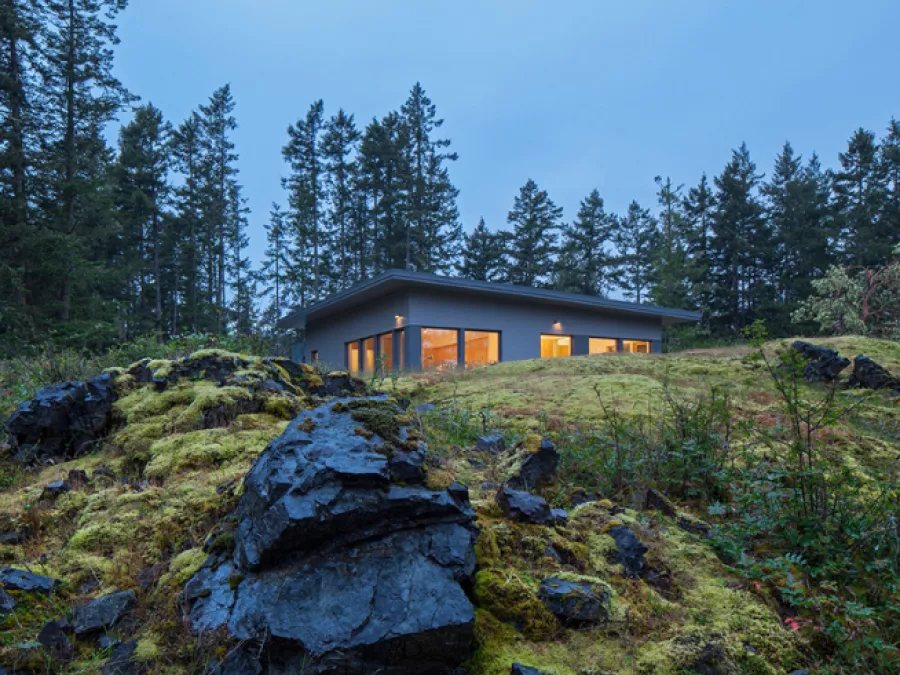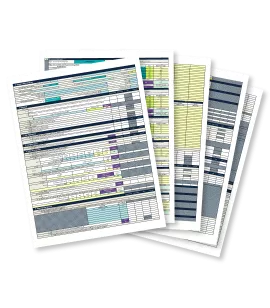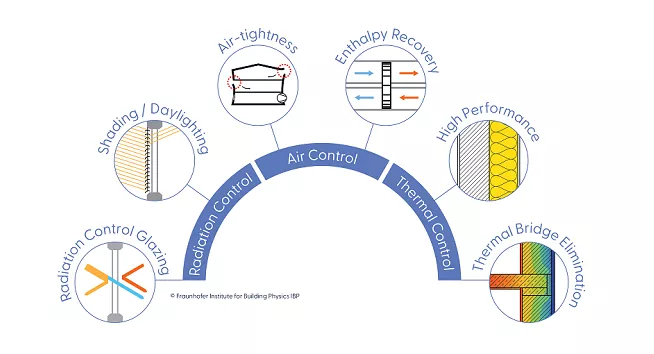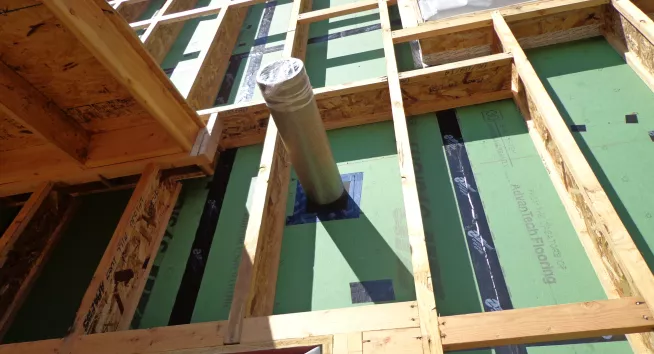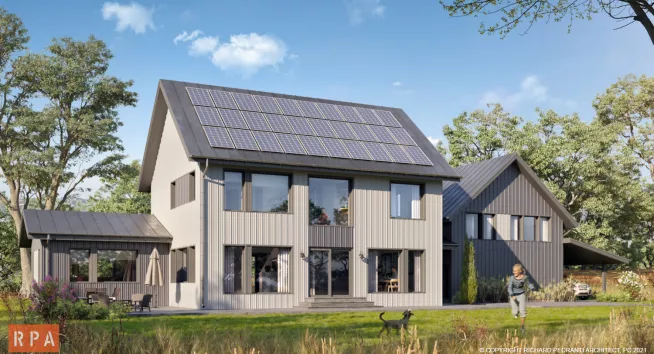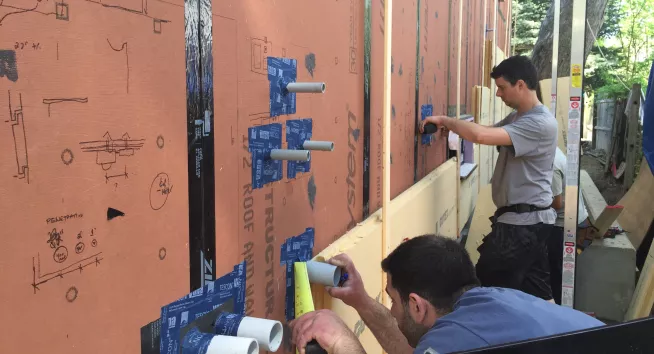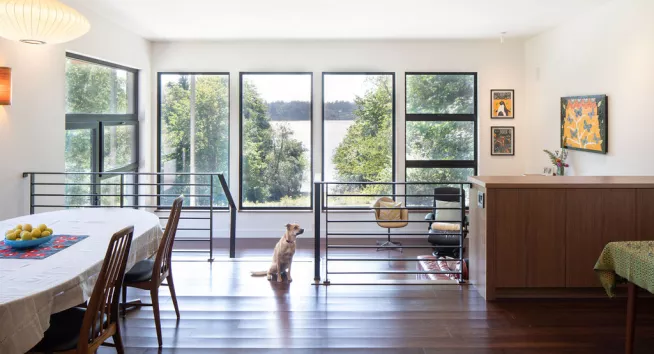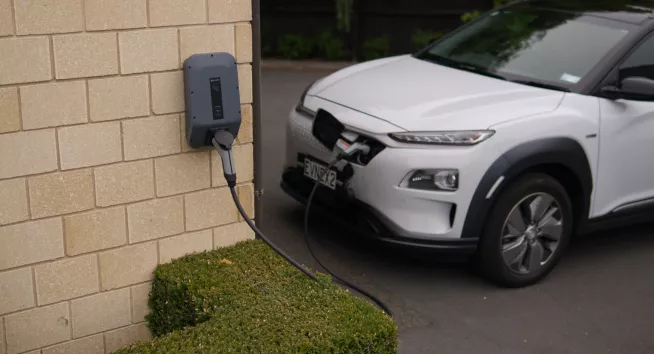
3rd Party On-Site Inspection and Quality Assurance
All Phius projects require stringent on-site inspection and testing conducted by a Phius Certified Rater throughout the construction process. Their scope includes, but is not limited to: foundation & pre-drywall inspection, verification of compliance with co-requisite program requirements, whole building airtightness testing (pre-drywall and at final construction), ventilation system balancing and commissioning, room by room pressure balancing, and hot water, heating and cooling distribution system testing. More information can be found in the Certification Guidebook, Appendix E: Rater/Verifier Manual.
Find a Phius Certified Rater
